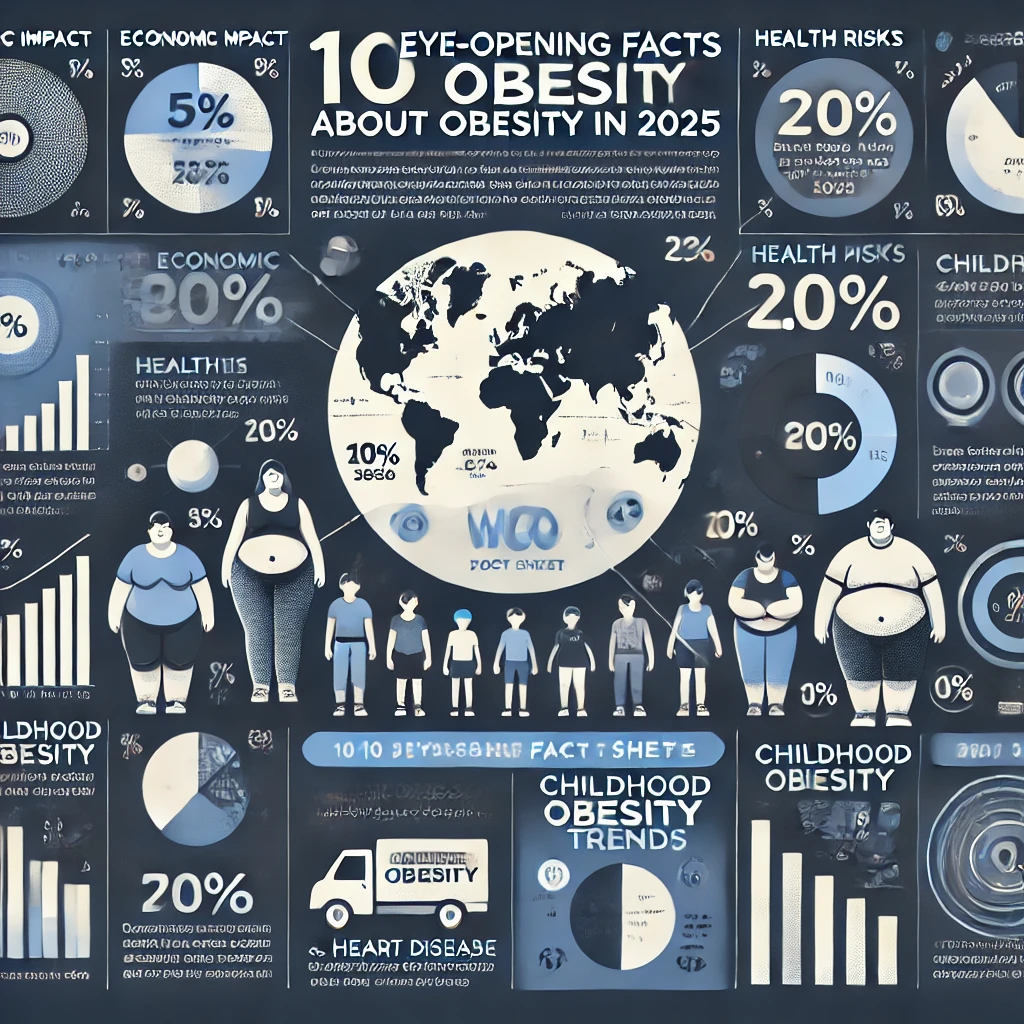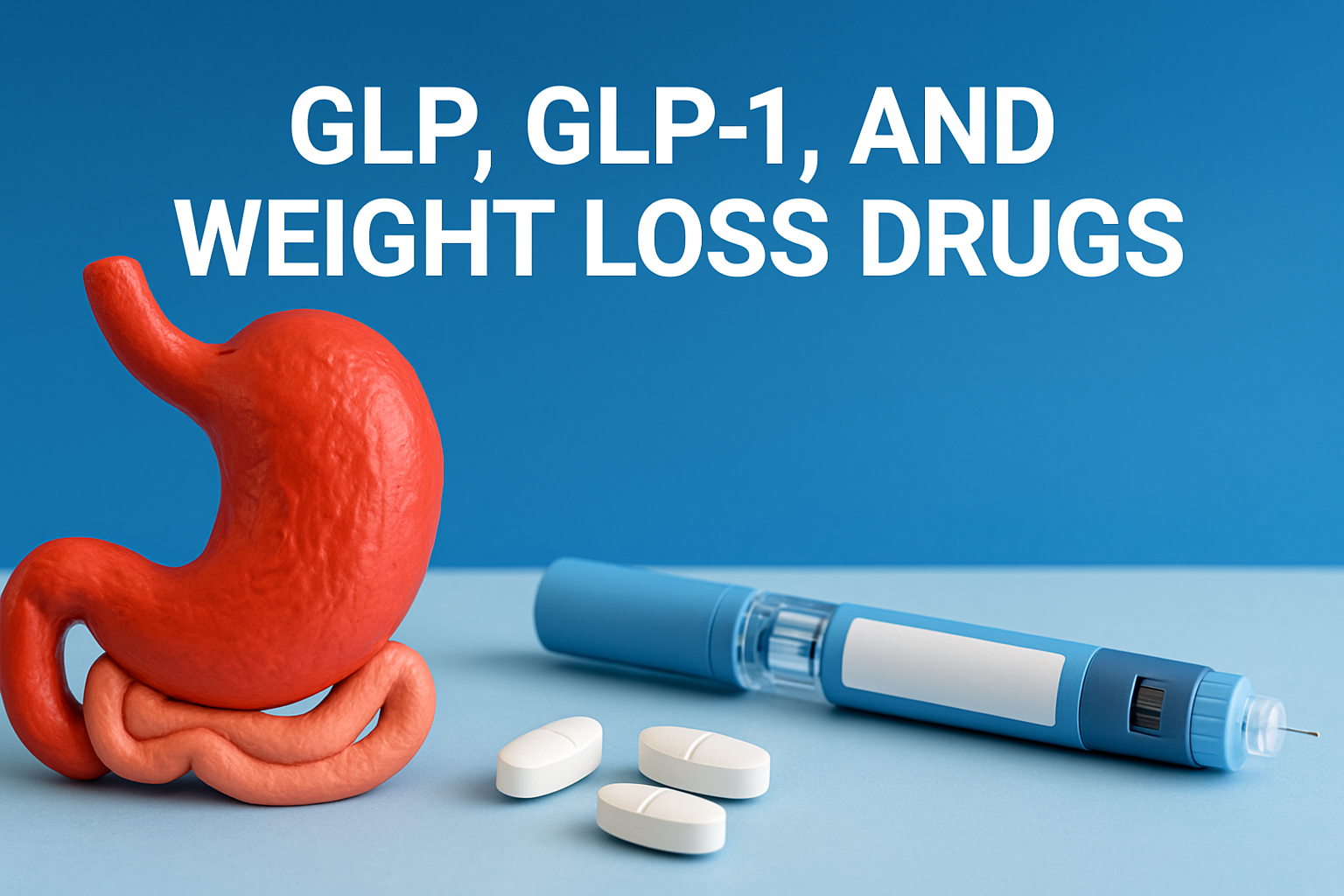Projected 1 Billion Obese by 2025 (WHO)
- Insight: A doubling since 1990, driven by sedentary lifestyles, urbanization, and processed food consumption¹.
- Recommendation: Implement global policies promoting active lifestyles (e.g., urban green spaces) and regulate ultra-processed foods.
Childhood Obesity Doubles to 390 Million (2020–2025)
- Insight: Early exposure to unhealthy diets and screen time exacerbates lifelong health risks².
- Recommendation: Mandate school nutrition programs and physical education, while restricting junk food marketing to children.
U.S. Adult Obesity at 40.3% (2023)
- Insight: Slight decline from 41.9% (2017–2020), but 100+ million adults remain affected³.
- Recommendation: Expand subsidized healthy food initiatives (e.g., SNAP incentives for fruits/vegetables) and workplace wellness programs.
Economic Toll of $2 Trillion by 2025
- Insight: Combines healthcare costs and lost productivity, straining global economies².
- Recommendation: Invest in preventive care and tax sugary drinks/alcohol to fund public health interventions.
Racial Disparities in U.S. Obesity
- Insight: Black (49.9%) and Hispanic (45.6%) adults face systemic barriers like food deserts and healthcare inequities⁴.
- Recommendation: Target resources to underserved communities (e.g., mobile health clinics, urban farming grants).
Obesity Linked to 50% of New Diabetes Cases
- Insight: 23% of obese adults already have diabetes, underscoring the need for early intervention⁵.
- Recommendation: Integrate obesity screening with diabetes prevention programs and subsidize GLP-1 agonists for high-risk patients.
Rural U.S. Obesity Rates at 40%
- Insight: Limited access to fresh food and recreational facilities drives disparities⁶.
- Recommendation: Fund rural infrastructure (e.g., community gardens, walking trails) and telehealth nutrition counseling.
Education’s Role in Obesity Rates
- Insight: Adults with bachelor’s degrees have lower obesity rates (31.6%) vs. high school graduates (44.6%)⁷.
- Recommendation: Strengthen health literacy in school curricula and community education campaigns.
Military Readiness at Risk
- Insight: Only 40% of young adults meet weight requirements for military service⁸.
- Recommendation: Collaborate with schools to revive physical fitness programs and national youth fitness initiatives.
Global Failure to Meet WHO Targets
- Insight: Adult obesity rose 138% since 1975, with no country on track to halt growth by 2025¹.
- Recommendation: Enforce stricter food advertising laws, adopt sugar taxes, and prioritize obesity in universal healthcare agendas.
References
- World Health Organization (WHO). (2024). Global Obesity Trends Report. Retrieved from WHO Obesity Reports
- World Obesity Federation. (2025). World Obesity Atlas 2025. Retrieved from World Obesity Day
- Centers for Disease Control and Prevention (CDC). (2024). Adult Obesity Prevalence Maps. Retrieved from CDC Obesity Data
- CDC. (2023). Racial and Ethnic Disparities in Obesity. Retrieved from CDC Health Disparities
- Forbes Health. (2023). Obesity and Diabetes: A Growing Link. Retrieved from Forbes Health
- Trust for America’s Health (TFAH). (2023). State of Obesity: Rural Health. Retrieved from TFAH Reports
- TFAH. (2024). Education and Obesity: A National Analysis. Retrieved from TFAH Education Report
- CDC. (2025). Military Readiness and Youth Obesity. Retrieved from CDC Military Health
Addressing obesity requires a holistic, multi-sector approach—combining policy reform, community empowerment, and equitable resource allocation. By tackling root causes (e.g., food systems, education, urban design), nations can curb this crisis and improve global health outcomes.
Stay informed—share these facts to spark action against the obesity epidemic. 🌍



